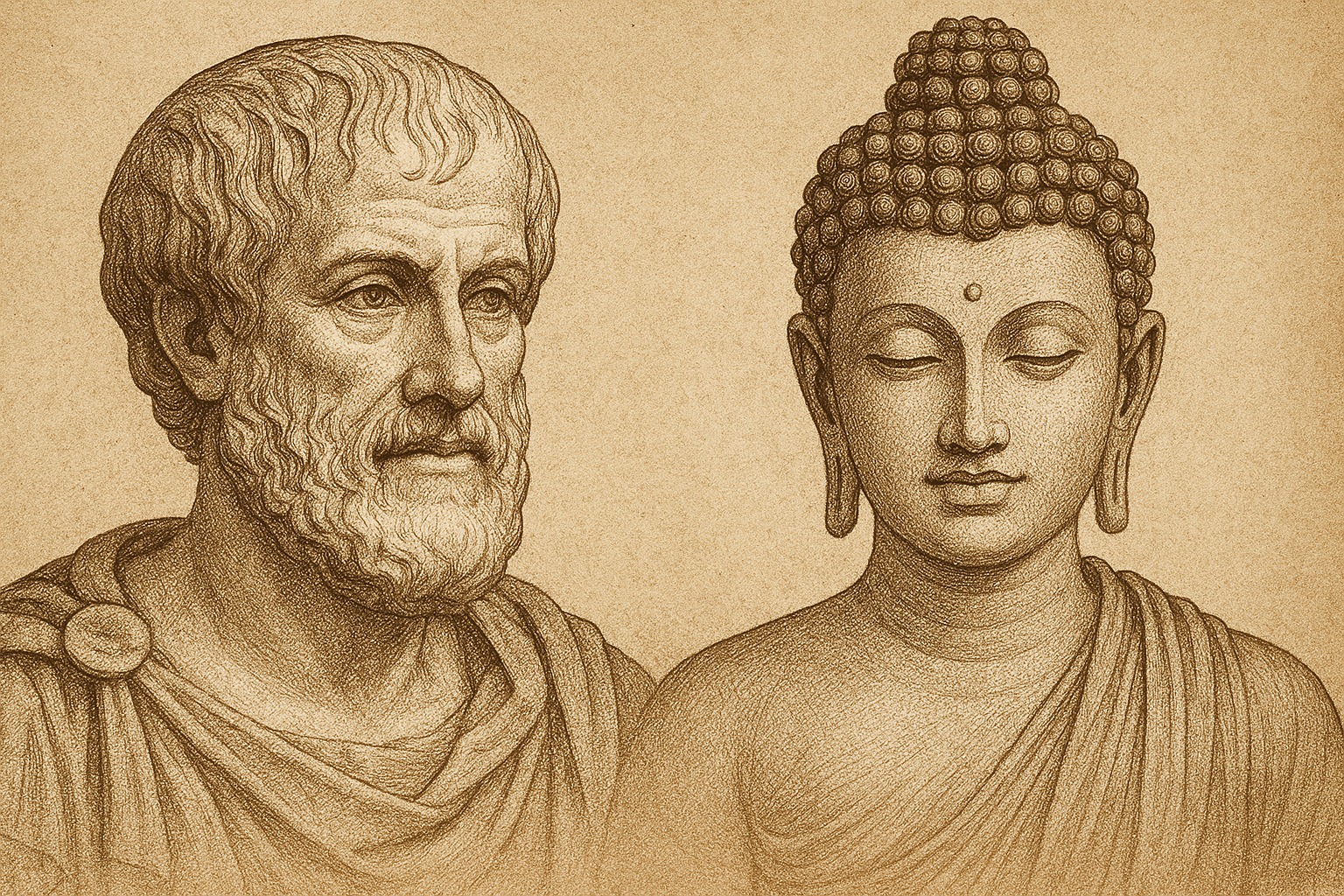The Brahma Vihara, also referred to as "divine abidings", are sublime states of mind described in early Buddhist scriptures. These states—loving-kindness (metta), compassion (karuna), sympathetic joy (mudita), and equanimity (upekkha)—are expansive and non-egocentric emotions. Throughout multiple philosophical schools like Jaina, Samkhya, and Caravakas, these are regarded as meditative practices that must be inculcated in oneself as they incite moral refinement and spiritual growth. This essay seeks to explore the Brahma Vihara as both emotions and virtues by addressing the following questions: What is the nature of the Brahma Vihara? Do they qualify as emotions? What are virtues, and can emotions be virtues? By critically analyzing their causes, expressions, and moral implications, I argue that the Brahma Vihara emotions embody virtues as they cultivate morally righteous emotions and behaviors.

First I will explore the nature of the Brahma Vihara. Maria Heim describes the four Brahma Vihara as dispositional states of mind that induce emotions such as– Metta, which is loving-kindness, an aspiration for all beings’ happiness cultivated through disciplined practice, free from prejudice and aversion. Karuna is compassion, the selfless desire to alleviate others' suffering, extending even to criminals and those traditionally deemed unworthy of empathy. Mudita is the unselfish rejoicing in others' joy, the expansive capacity to find happiness in others' happiness without the ugly constrictions of envy. Upekkha is equanimity, a balanced state of mind devoid of emotional extremes like elation or despair. Unlike apathy, it reflects wisdom and acceptance, allowing one to face life with composure and an even, tranquil awareness. The cause of these emotions is not the self but the dispositional state of mind that regulates the interaction between self and the world. Hence, they are non-egocentric in nature.
Now having understood their nature I will discuss their importance. The Brahma Vihara are expansive and transformative, by removing problematic dispositions and dissolving the barriers between the self and the others– they inspire acts of care. They are boundless states that extend to all beings without limitation and prejudice. Once cultivated these dispositional states of mind lead to morally upheld emotional reactions to situations. For example, in the case of metta, the Buddhist commentator Buddhaghosa teaches that metta begins with self-directed loving-kindness, as those who love themselves cannot harm others. Recognizing your own desire for happiness naturally extends to acknowledging the same wish in all beings. Beginning with oneself, this love expands to encompass all, forming a universal goodwill and a sense of togetherness with the world. (Nyanaponika) This development of moral clarity and impartiality precedes ethical behaviour and leads to spiritual liberation.
Having established their moral outcome and non-egocentric nature, I will now demonstrate their validity as emotions. A discernible objection that might arise is that the emotions caused by Brahma Vihara do not qualify as emotions at all because all emotions must be egocentric. To address this, it is crucial I create a distinction between first-order and second-order emotions...
I have up till now, analyzed the Brahma Viharas and examined their role. By creating a distinction between first and second order emotions, I have warranted for their status as emotions. Now I will go on to inspect the attributes of virtues and display how emotions correlate to virtues. A virtue, as defined by the Stanford Encyclopedia of Philosophy, is an excellent trait of character, deeply ingrained in its possessor...
Thus, in this paper, I have through careful evaluation of the Brahma Vihara, defended their position as emotions and validated them as virtues.
Works Cited
- Heim, Maria. Words for the Heart. Princeton UP, 2022.
- Virtue Ethics (Stanford Encyclopedia of Philosophy). 11 Oct. 2022, plato.stanford.edu/entries/ethics-virtue.
- Aristotle's Ethics (Stanford Encyclopedia of Philosophy). 2 July 2022, plato.stanford.edu/entries/aristotle-ethics.
- Nyanaponika, Thera. The Four Sublime States. 1994.
- Aristotle. “Chapter 5: Virtue Not an Emotion, nor a Faculty, but a Trained Faculty or Habit.” Pressbooks, 15 Feb. 2022, pressbooks.library.torontomu.ca/nicomacheanethics/chapter/5-virtue-not-an-emotion-nor-a-faculty-but-a-trained-faculty-or-habit.